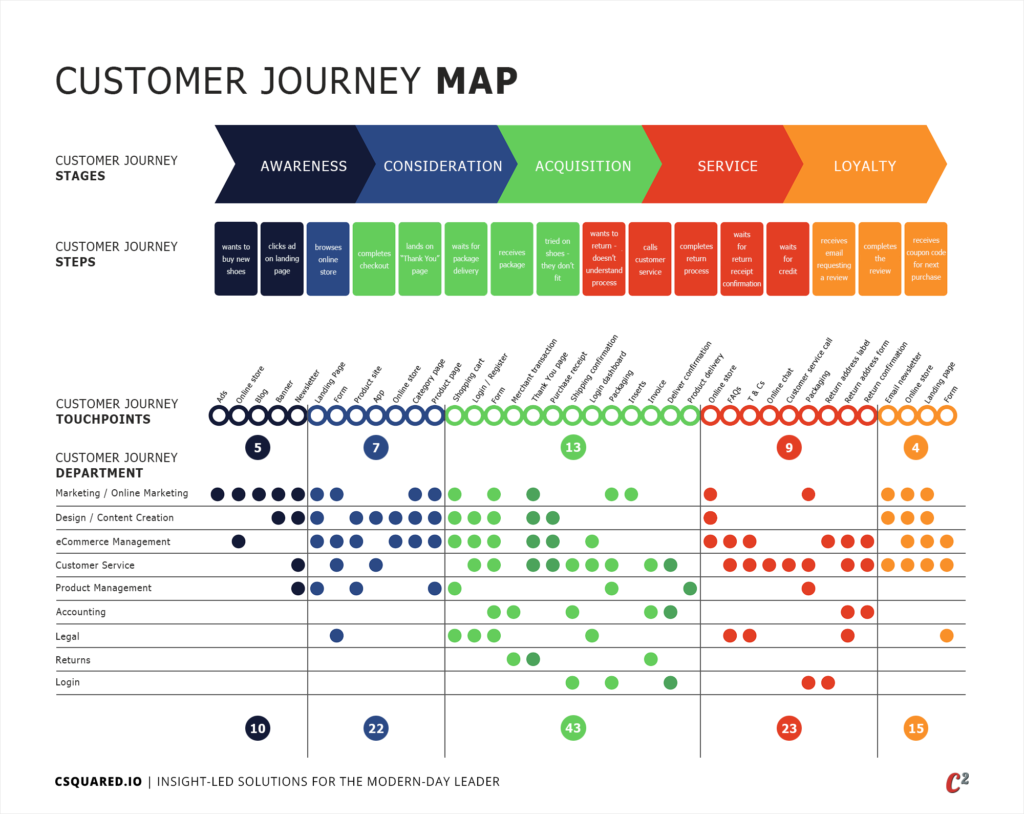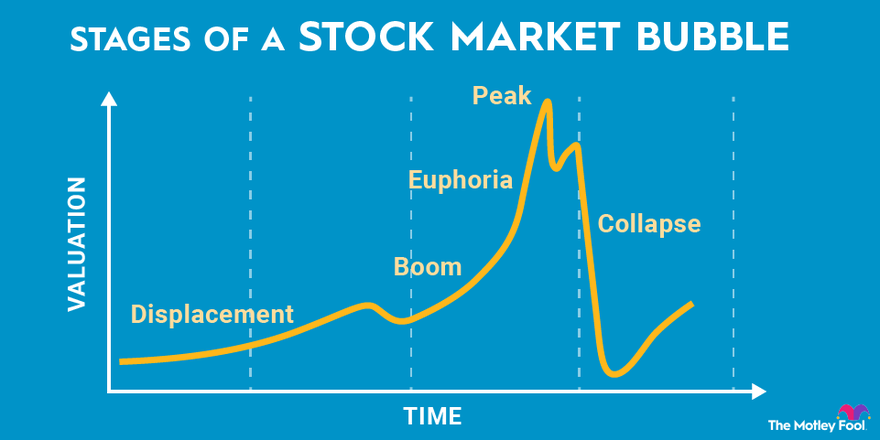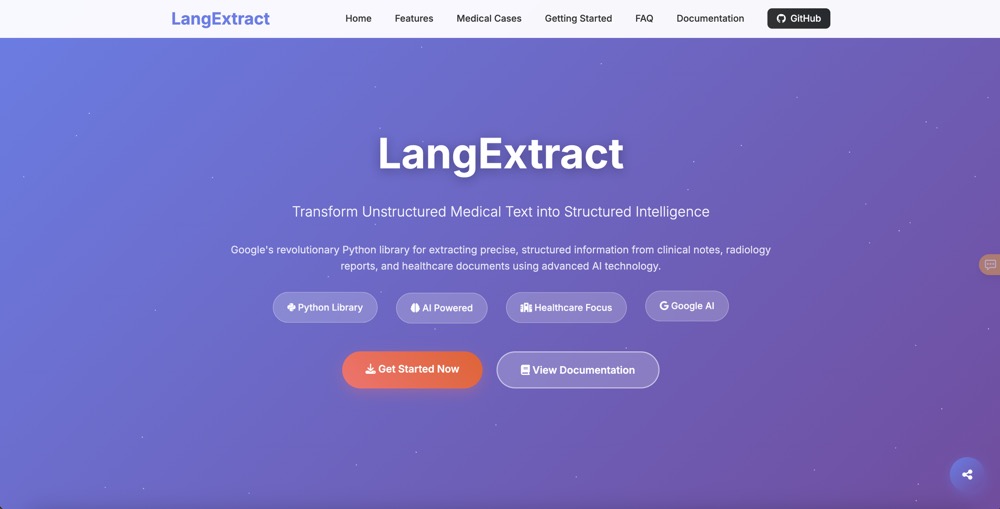Beyond Touchpoints - Using AI to Predict Customer Needs in Journey Mapping

Customer journey mapping has become an essential tool for businesses to understand and improve their customers' experiences. Traditionally, these maps have focused on plotting the different touchpoints a customer has with a brand, from initial awareness to purchase and beyond. While this approach provides valuable insights, it often falls short in one crucial area: anticipating customer needs before they arise.
This is where artificial intelligence (AI) is revolutionizing the field of customer journey mapping. By leveraging the power of machine learning and predictive analytics, businesses can now go beyond simply plotting past interactions and start proactively shaping future experiences.
From Reactive to Predictive: The Power of AI in Journey Mapping
Traditional journey maps often rely on historical data and customer feedback to understand past behaviors. AI, however, allows us to move beyond this reactive approach and into the realm of prediction. Here's how:
1. Identifying Hidden Patterns and Predict Future Behavior
AI algorithms can analyze vast amounts of data from various sources, including website analytics, CRM systems, and social media interactions, to uncover hidden patterns and correlations in customer behavior. For example, AI can identify that customers who purchase a specific product are more likely to be interested in a related service within a certain timeframe. This allows businesses to anticipate customer needs and proactively offer relevant recommendations or solutions.
A recent study by McKinsey found that companies using AI for personalization and prediction in their marketing efforts experienced a 6-10% increase in revenue.
2. Personalizing the Customer Journey in Real-Time
AI enables businesses to deliver highly personalized experiences at scale. By analyzing real-time data, such as browsing history, purchase patterns, and even social media activity, AI algorithms can tailor the customer journey to individual preferences and needs.
For instance, AI can dynamically adjust website content, product recommendations, and email marketing messages based on a customer's current stage in the buying journey, leading to a more engaging and relevant experience.
3. Automating Customer Support and Reducing Friction
AI-powered chatbots and virtual assistants are transforming customer support by providing instant answers to common queries and resolving issues quickly and efficiently. This reduces friction points in the customer journey and frees up human agents to focus on more complex problems.
According to a report by Gartner, by 2022, 70% of customer interactions will involve emerging technologies like chatbots, up from 15% in 2018, showcasing the growing impact of AI in customer service.
Implementing AI in Customer Journey Mapping: A Practical Approach
Integrating AI into your customer journey mapping process requires a strategic approach:
1. Define Clear Objectives
Start by identifying specific areas within the customer journey where AI can have the most impact. Are you looking to improve customer retention, increase sales conversions, or enhance overall customer satisfaction?
2. Data Integration and Quality
Ensure you have access to high-quality, relevant data from various touchpoints in the customer journey. This may involve integrating data from different systems, such as your CRM, marketing automation platform, and website analytics.
3. Choose the Right AI Tools
Numerous AI-powered tools are available to support customer journey mapping, ranging from predictive analytics platforms to customer data platforms (CDPs) that centralize and analyze customer data.
4. Continuous Optimization and Iteration
AI is an iterative process. Continuously monitor the performance of your AI models, analyze the results, and make adjustments to your customer journey map to optimize its effectiveness over time.
Reimagining the Future of Customer Experience
By embracing AI, businesses can move beyond traditional, static customer journey maps and create dynamic, personalized experiences that anticipate and adapt to individual customer needs. This shift towards predictive and proactive engagement is not just about improving customer satisfaction, it's about reimagining the very nature of customer experience in the age of AI.

















Comments ()